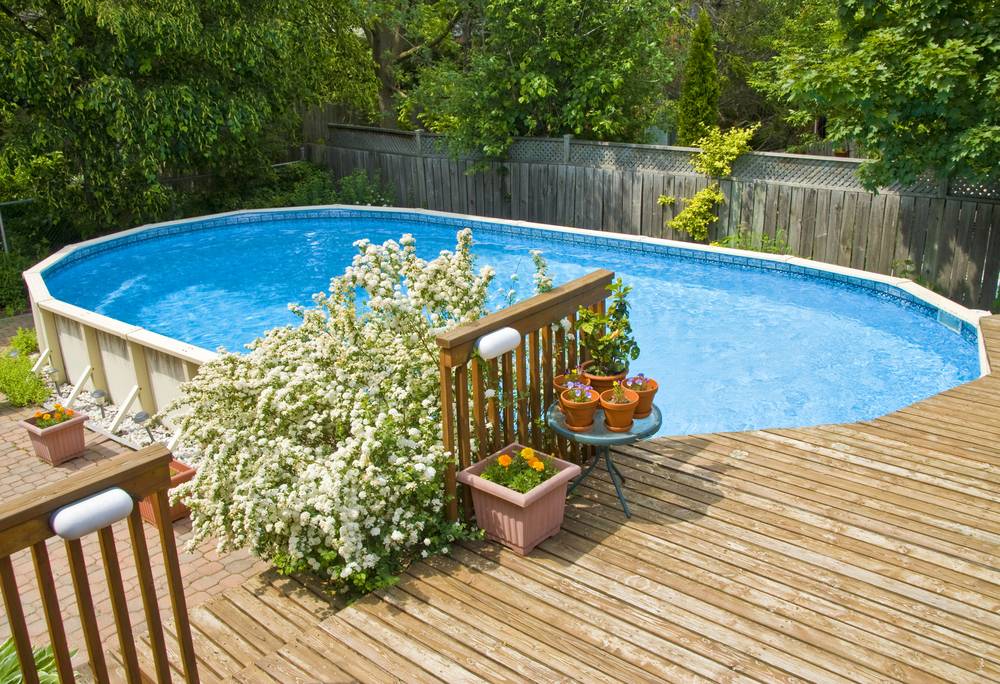My 30,000 gallon, 91°F Therapy Pool has been a little low on the calcium hardness scale since I took it over. It has also been a bit cloudy. The first time I dosed it with 25 lbs of calcium chloride (which I purchased from my local pool chemical supplier) the water miraculously became crystal clear and a large amount of sediment appeared on the bottom overnight. A month later, I ordered a second bag of calcium chloride from the same supplier. I dumped in another 25 lbs. The next day FC was zero (started at 4). It took 1½ gallons of very strong liquid chlorine to make it swimmable again. A scan of the QR code on this second bag revealed that it was intended for use in the oil field.
Now I am gun shy. I need to order 1.300 pounds of this stuff to treat all five of my pools. My new industrial chemistry supplier plans to ship me Dow Flake which is 94% calcium chloride, 4% lead and the rest other scary things like fluoride and magnesium. Looks like it was intended to melt I ice on pavement. Should I put this stuff in my pools?
Now I am gun shy. I need to order 1.300 pounds of this stuff to treat all five of my pools. My new industrial chemistry supplier plans to ship me Dow Flake which is 94% calcium chloride, 4% lead and the rest other scary things like fluoride and magnesium. Looks like it was intended to melt I ice on pavement. Should I put this stuff in my pools?



